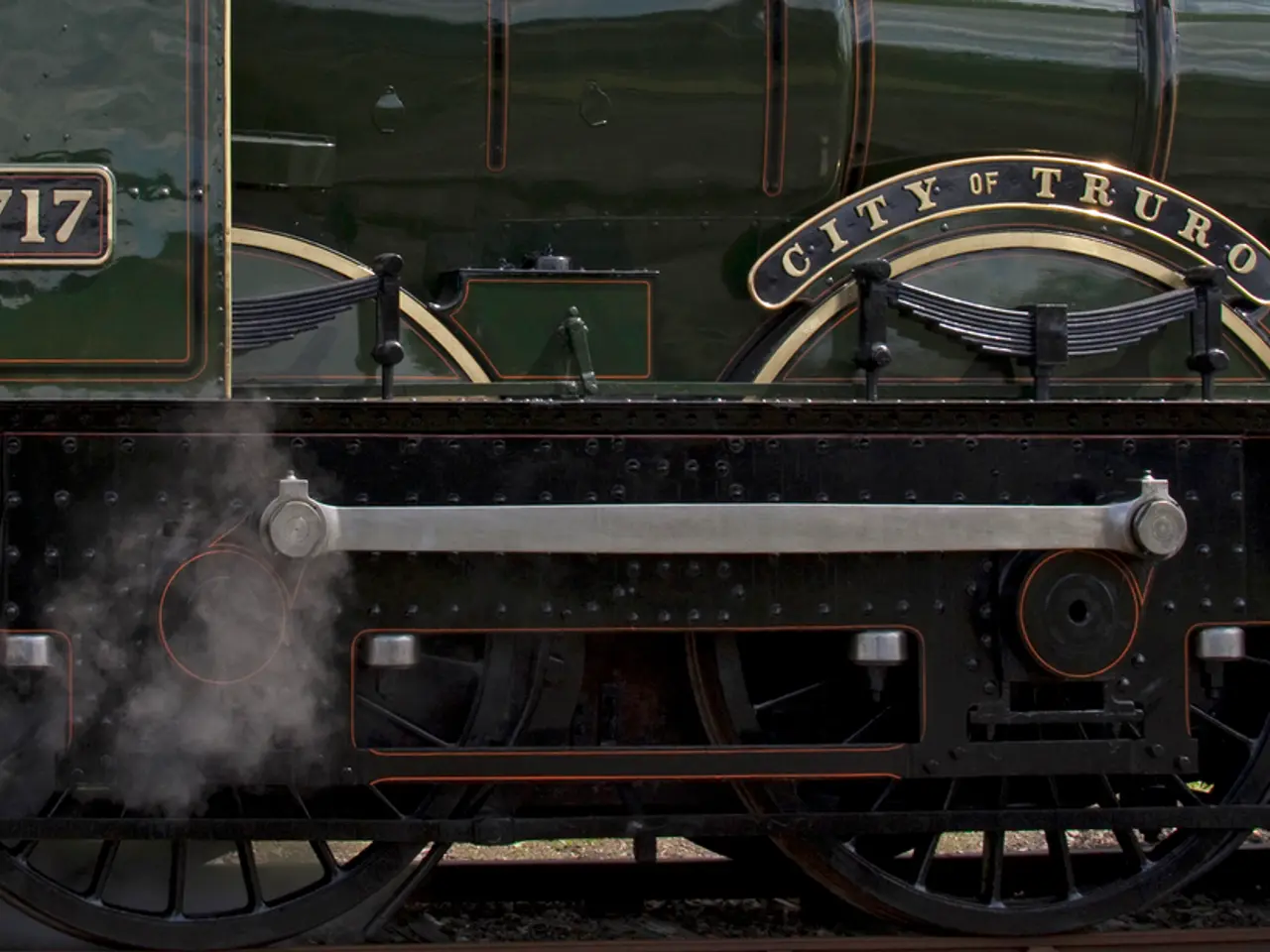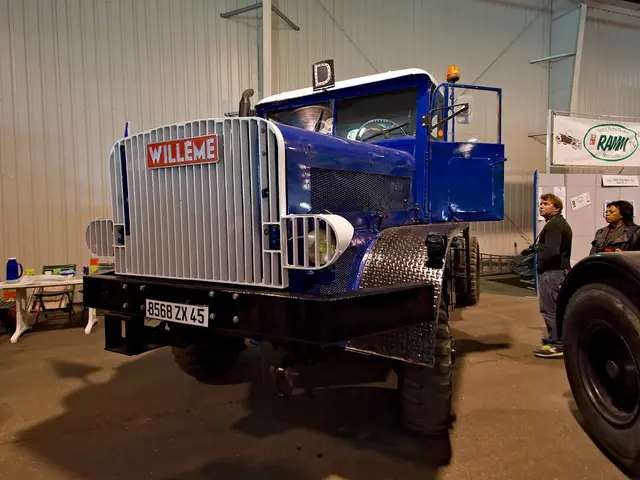Perpetual ambition of the railway system
In the small town of Schnaittenbach, nestled in the picturesque landscape of Bavaria, the story of a never-realized railway extension unfolds. The railway era arrived in Schnaittenbach on the 5th of October 1898, with the opening of the branch line from Amberg to Schnaittenbach. This connection brought a new era of convenience and economic growth to the region.
However, the ambition did not stop at Schnaittenbach. In 1883, a petition was submitted for the construction of a narrow-gauge railway from Amberg via Hirschau to Schnaittenbach. The proposed extension aimed to continue the line further, reaching Wernberg.
Over the years, various attempts were made to make this extension a reality. In 1905, a committee approached the Bavarian Parliament in Munich with a request for the realization of the local railway from Schnaittenbach to Wernberg. Yet, the Royal Bavarian State Railways rejected the application in 1906, citing high costs and lack of urban touchpoints.
The cost for the connection between Schnaittenbach and Wernberg was calculated to be around 500,000 marks in 1914. Despite the apparent financial burden, the project was not abandoned without further thought. In 1925, an assembly led by Munich chief engineer Renner presented a financing plan of 900,000 Reichsmarks for the extension of the railway from Schnaittenbach to Wernberg.
However, the estimated costs continued to rise. Alois von Frank, the director of the German Reich Railway Company, calculated that the construction would likely cost more than twice the initial financing plan, making the project infeasible. The extension to Luhe was deemed a senseless undertaking by the railway, and a counter-proposal for the gap closure to Wernberg was made.
Despite these efforts, the implementation of the plans for extending the railway from Schnaittenbach to Luhe or Wernberg did not occur. No further construction on the proposed railway extensions took place. In April 1950, the Reichsbahn files, which included information about the proposed railway extension, were stored in the state archive in Amberg.
The proposed extension to Luhe or Wernberg remained a dream unrealized, a testament to the challenges faced in balancing the costs of infrastructure development against the expected benefits and demand for such projects. Today, the original railway line from Amberg to Schnaittenbach stands as a reminder of the ambition and the obstacles that once sought to extend its reach.
The failure to extend the railway from Schnaittenbach to Luhe or Wernberg had potential implications beyond railway transportation, as the financial sector might have benefited from increased investment opportunities in the other industry sectors that could thrive in the extended region. In the wake of the unrealized railway extension, the economic growth and prosperity of adjacent sectors like finance remained limited within Schnaittenbach, depriving the region of potential synergies with other industries.




